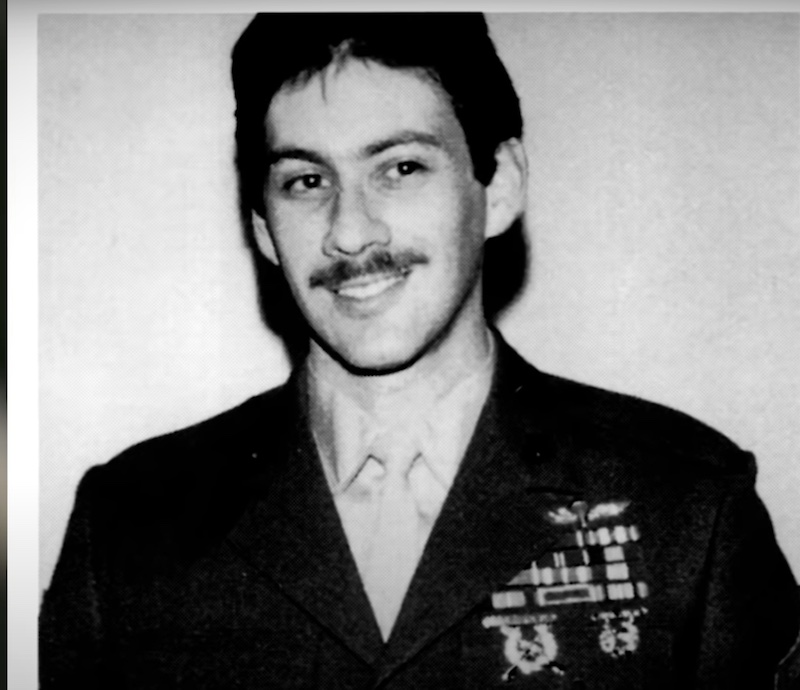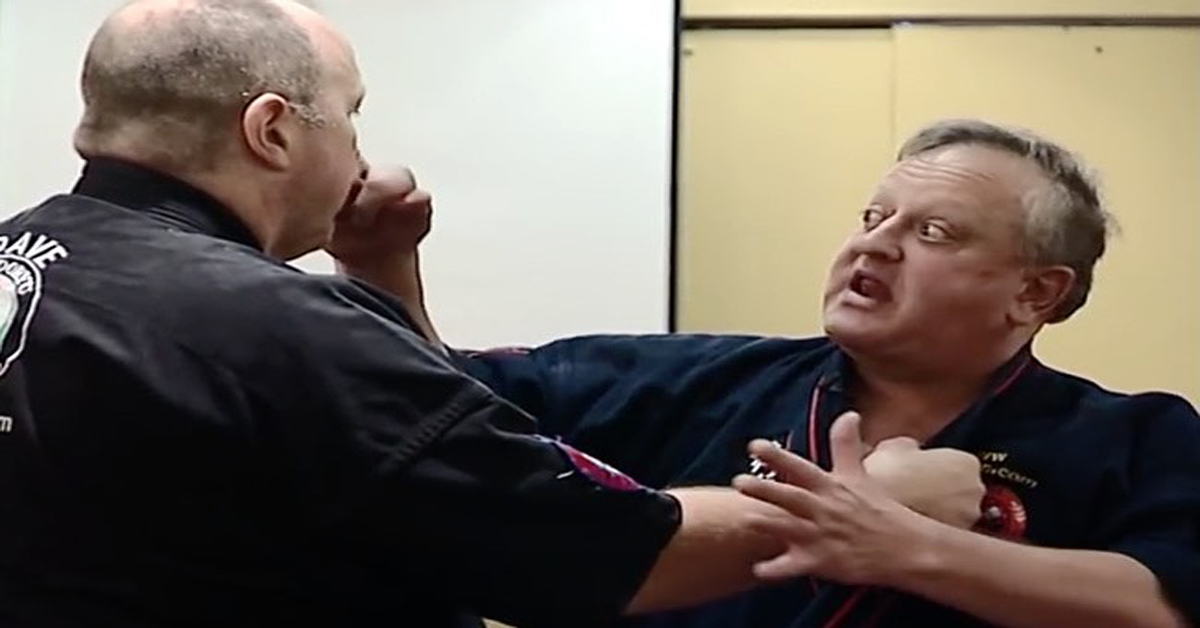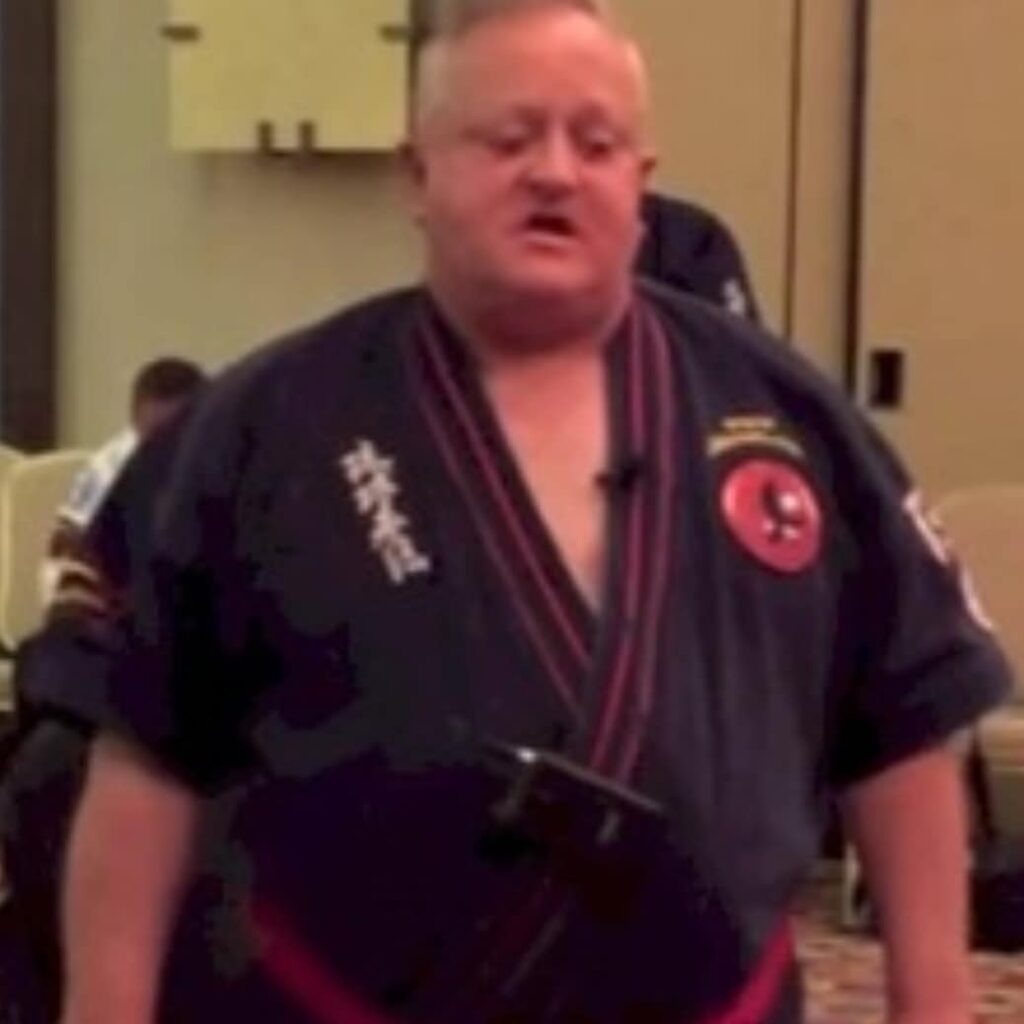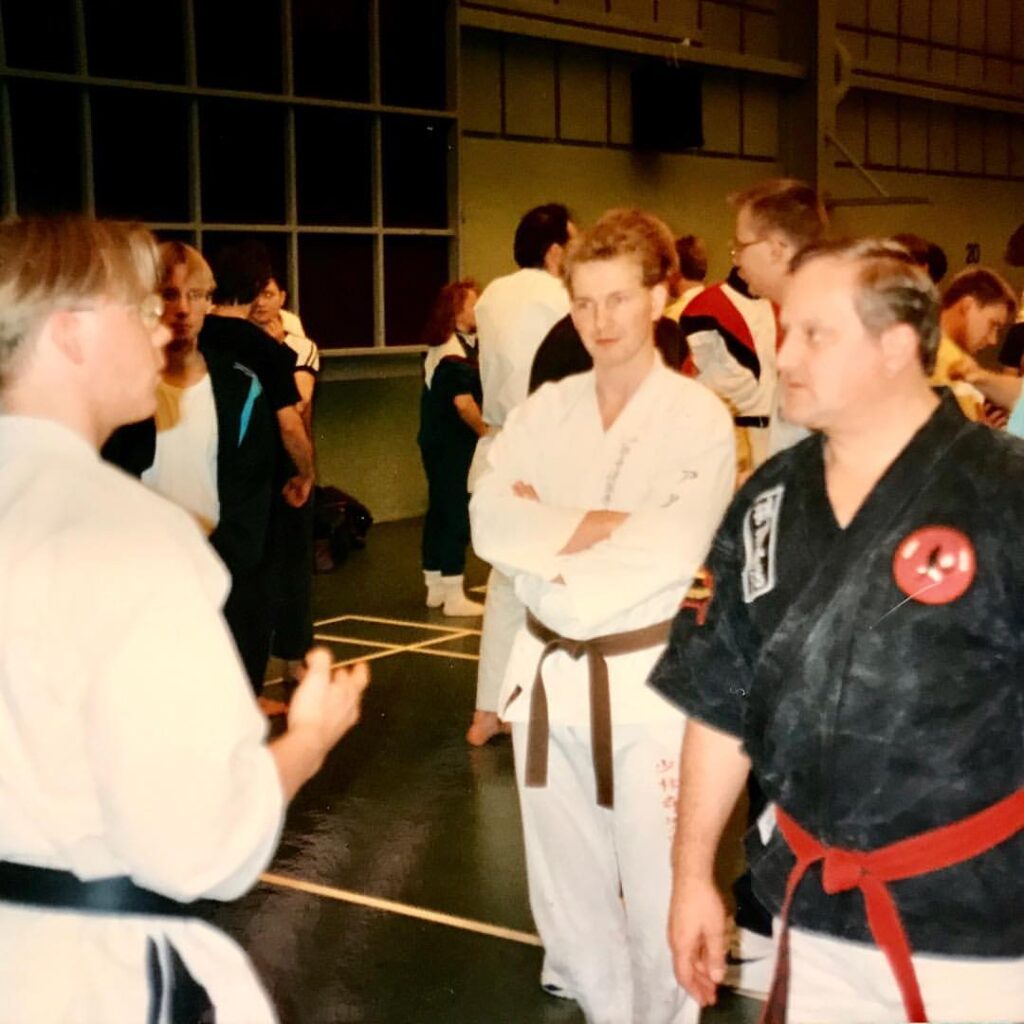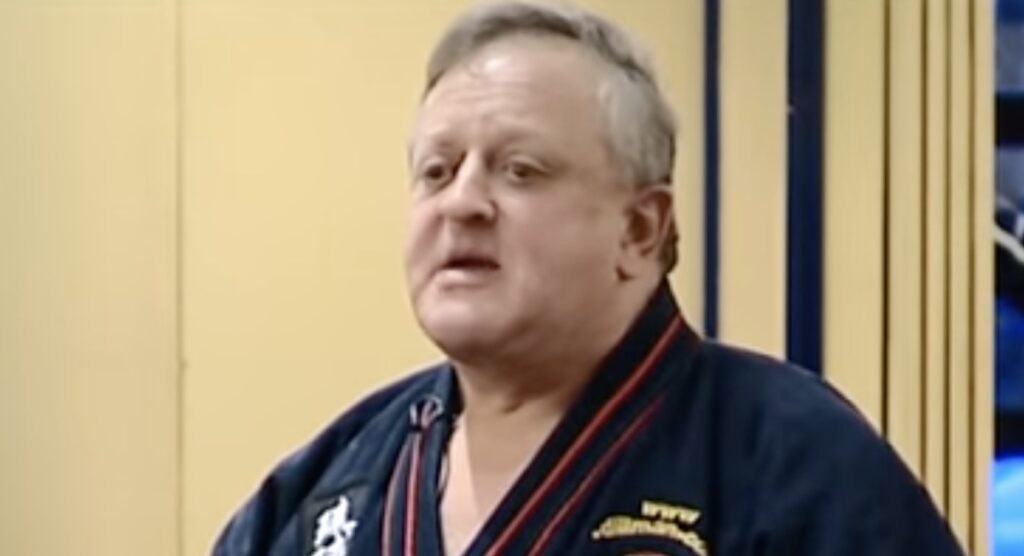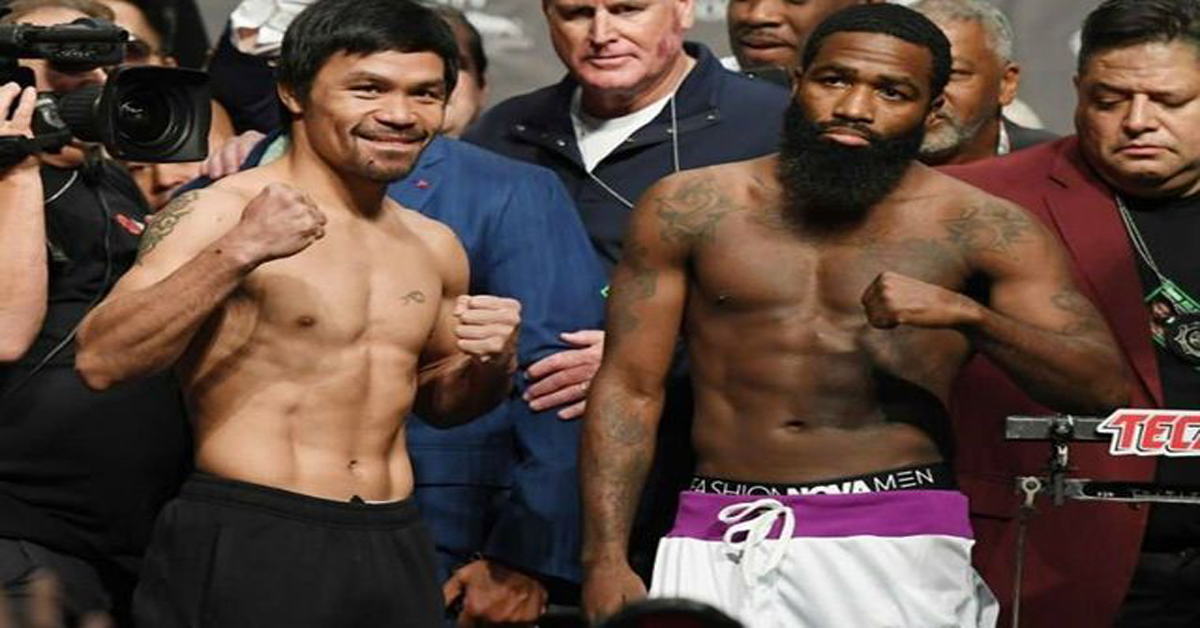
In professional boxing, there is a wide range of weight classes within the sport. So many boxing weight classes in fact, that it can be overwhelming for fans to keep up with all of them.
That’s why we’re going to list all of the current boxing weight classes for you. Check out the full list below and some answers to a few common questions about boxing weight classes and remember to check out our UFC weight classes article if you haven’t already.
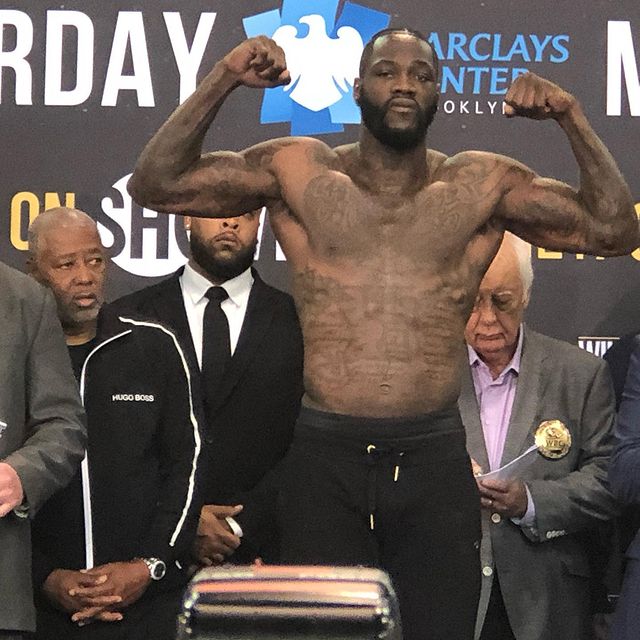
How Many Boxing Weight Classes Are There?
Between the 4 major sanctioning bodies, there are currently eighteen recognized weight classes in professional boxing. Each sanctioning body has their own belt for each weight class.
They also all don’t have the same divisions. For example, the bridgerweight division is exclusive to the World Boxing Council. The other three main sanctioning bodies in boxing have not added this division.
The Original 8 Boxing Weight Classes
When the sport of boxing was first created, there were 8 weight divisions known as the original 8. Here is a short history of the original 8 boxing weight classes below.
| Weight Class: | Weight in lbs: | Weight in kg: |
| Heavyweight | +200 lbs | 90.7 kg |
| Light Heavyweight | 175 lbs | 79.4 kg |
| Middleweight | 154-160 lbs | 69.9-72.6 kg |
| Welterweight | 140-147 lbs | 63.5-66.7 kg |
| Lightweight | 130-135 lbs | 59-61.2 kg |
| Featherweight | 122-126 lbs | 55.3-57.2 kg |
| Bantamweight | 115-118 lbs | 52.2-53.5 kg |
| Flyweight | 108-112 lbs | 49-50.8 kg |
Heavyweight +200 lbs (90.7 kg)
The first weight division may have been the heavyweight division that goes back almost 300 years. Originally the weight limit was 160 lbs in early bare knuckle boxing days under Broughton’s Rules.
In 1909, the National Sporting Club in London boosted the limit to 168 lbs. Then due to a New York State law known as Walker’s Law, the weight limit was again boosted to +175 lbs.
The heavyweight limit would change two more times over the next century. Going up to +190 lbs in 1979 and then over 200lbs in 2003, where the limit is now.
Light Heavyweight 175 lbs (79.4 kg)
The light heavyweight division in boxing was originally established in 1909 by the NSC originally at 168 lbs. Walker’s Law would boost the light heavyweight limit up to 175 lbs in 1920.
Middleweight 154-160 lbs (69.9-72.6 kg)
The middleweight division dates back to the 1840s. In 1909, the NSC marked the weight class at 154 lbs and then Walker’s Law(1920) made the limit 160 lbs.
Welterweight 140-147 lbs (63.5-66.7 kg)
The welterweight division was originally established in 1889 at 145 lbs. In 1909, the NSC would lower the weight limit to 140 lbs, but Walker’s Law would raise the limit to 147 lbs. That is why negotiations for welterweight bouts are always set between 140 and 147 lbs.
Lightweight 130-135 lbs (59-61.2 kg)
The lightweight division was one of the first divisions introduced in the 1700s along with the heavyweight division. Originally at 160 lbs, the lightweight division would gradually change throughout the centuries.
Going down to 140 lbs in 1889, 133 lbs in 1909, and then 135 lbs in 1920 due to Walker’s Law. Lightweight fights are now negotiated at a weight limit between 130 and 135 lbs.
Featherweight 122-126 lbs (55.3-57.2 kg)
The featherweight division in boxing has gone through a wide variety of changes in its history. Within London Prize Rules in the 1840s, the featherweight division was set at 110 lbs.
It would go through a few more changes, but set at the same weight of 126 lbs. But some featherweight bouts are set at a weight range between 12-126 lbs.
Bantamweight 115-118 lbs (52.2-53.5 kg)
The Bantamweight division was originally marked at 105 lbs under London Prize Rules. In 1909, the NSC would change the limit to 119 lbs and then Walker’s Law changed the limit to 118 lbs. Bantamweight’s current weight limit is set between 115 and 118 lbs.
Flyweight 108-112 lbs (49-50.8 kg)
The flyweight division was first established in 1909 at 108 lbs with a max limit of 112 lbs. Under Walker’s Law, the flyweight division is also set at a minimum of 108 lbs. Making it the smallest division of the original eight boxing weight classes.
Men’s Boxing Weight Classes
| Weight Class: | Weight in lbs: | Weight in kg: |
| Strawweight (Minimum Weight) | 105 lbs | 47.62 kg |
| Junior Flyweight | 108 lbs | 48.98 kg |
| Flyweight | 112 lbs | 50.80 kg |
| Junior Bantamweight | 115 lbs | 52.16 kg |
| Bantamweight | 118 lbs | 53.52 kg |
| Junior Featherweight (Super Bantamweight) | 122 lbs | 55.33 kg |
| Featherweight | 126 lbs | 57.15 kg |
| Junior Lightweight (Super Featherweight) | 130 lbs | 58.96 kg |
| Lightweight | 135 lbs | 61.23 kg |
| Junior Welterweight (Super Lightweight) | 140 lbs | 63.50 kg |
| Welterweight | 147 lbs | 66.67 kg |
| Junior Middleweight (Super Welterweight or Light Middleweight) | 154 lbs | 69.85 kg |
| Middleweight | 160 lbs | 72.57 kg |
| Super Middleweight | 168 lbs | 76.20 kg |
| Light Heavyweight | 175 lbs | 79.37 kg |
| Cruiserweight | 200 lbs | 90.71 kg |
| Heavyweight | Unlimited | Unlimited |
Tweener Boxing Weight Classes
Throughout the history of boxing, sanctioning bodies have gradually kept adding extra weight classes. Here is a list of all the tweener boxing weight classes.
| Tweener Weight Class: | Weight in lbs: | Weight in kg: |
| Strawweight | 105 lbs | 47.6 kg |
| Light Flyweight | 108 lbs | 49 kg |
| Super Flyweight | 112-115 lbs | 50.8-52.2 kg |
| Super Bantamweight | 118-122 lbs | 53.5-55.3 kg |
| Super Featherweight | 126-130 lbs | 57.2-59 kg |
| Light Welterweight | 135-140 lbs | 61.2-63.5 kg |
| Light Middleweight | 147-154 lbs | 66.7-69.9 kg |
| Super Middleweight | 160-168 lbs | 72.6-76.2 kg |
| Cruiserweight | 175-200 lbs | 79.4-90.7 kg |
| Bridgerweight | Up to 224 lbs | 101.6 kg |
Strawweight 105 lbs (47.6 kg)
The strawweight or mini flyweight division as some call it was first introduced by the World Boxing Council in 1987. By 1990, all of the major boxing governing bodies had included their own flyweight division.
Light Flyweight 108 lbs (49 kg)
The light flyweight division was originally introduced by the New York State Athletic Commission in the 1920s.
Fifty years later, the World Boxing Council(WBC) would reintroduce the division in the early 1970s. James Rios was crowned the first champion of the division in 1975.
Super Flyweight 112-115 lbs (50.8-52.2 kg)
The super flyweight division was first introduced by the WBC in 1980. Mainly due to pressure from Asian and Latin members that felt the weight difference between flyweight and bantamweight was too much.
Super Bantamweight 118-122 lbs (53.5-55.3 kg)
Boxing promoters in the 1920s first attempted to create the super bantamweight division, but failed. It would take over 50 years for the division to be established with the first official bout taking place in 1976.
Super Featherweight 126-130 lbs (57.2-59 kg)
The super featherweight division was first introduced during the 1910s and between 1921 and 1933. It was reintroduced in 1960 and has stayed a part of boxing until this day.
Light Welterweight 135-140 lbs (61.2-63.5 kg)
Light Welterweight is a tweener division created as a buffer between lightweight and welterweight. It was originally introduced in 1920, but few commissions originally recognized the division.
This division didn’t gain momentum until 1959 when Carlos Ortiz beat Kenny Lane for the vacant title.
Light Middleweight 147-154 lbs (66.7-69.9 kg)
Light middleweight is also known as junior middleweight under the IBF and super welterweight under the WBA and WBC. The division was established in 1962 by the Austrian Board of Control for a bout between Emile Griffith and Teddy Wright.
Super Middleweight 160-168 lbs (72.6-76.2 kg)
The original super middleweight division was created during the 1960s by various fringe associations. Its present form was created in 1984 after a bout between Murray Sutherland and Ernie Singletary.
Cruiserweight 175-200 lbs (79.4-90.7 kg)
The cruiserweight division was created to accommodate smaller heavyweights who were below 200lbs. One of the most notable cruiserweight champions was Evander Holyfield, who unified the titles before moving up to heavyweight.
Bridgerweight Up to 224 lbs (101.6 kg)
Bridgerweight is the latest tweener boxing weight class that was added in 2020 by the WBC. This division is named after a boy named Bridger Walker, who saved his sister from a dog attack.
How Many Women’s Boxing Weight Classes Are There?
As of now, there are now 17 women’s boxing weight classes. All four of the main boxing sanctioning bodies recognize the weight classes below.
| Weight Class: | Weight in lbs: | Weight in kg: |
| Atomweight | 102 lbs | 46.26 kg |
| Strawweight | 105 lbs | 47.62 kg |
| Junior Flyweight | 108 lbs | 48.98 kg |
| Flyweight | 112 lbs | 50.8 kg |
| Junior Bantamweight | 115 lbs | 52.16 kg |
| Bantamweight | 118 lbs | 53.5 kg |
| Junior Featherweight | 122 lbs | 55.33 kg |
| Featherweight | 126 lbs | 57.15 kg |
| Junior Lightweight | 130 lbs | 58.96 kg |
| Lightweight | 135 lbs | 61.23 kg |
| Junior Welterweight | 140 lbs | 63.5 kg |
| Welterweight | 147 lbs | 66.67 kg |
| Junior Middleweight | 154 lbs | 69.85 kg |
| Middleweight | 160 lbs | 72.57 kg |
| Super Middleweight | 168 lbs | 76.2 kg |
| Light Heavyweight | 175 lbs | 79.37 kg |
| Heavyweight | +175 lbs | 79.37 kg |
Positives of Having So Many Boxing Weight Classes
While there are a lot of weight classes in boxing, many fans and experts feel that this is a good thing. Here are some of the positives of having so many boxing weight classes.
More Opportunities
By having a wide variety of weight classes, this gives boxers more opportunities to fight. They can try competing at a variety of different weight classes to test their skills and build a legacy.
Safer For Boxers
In MMA, there are many fighters that struggle to make their weight class during their weight cut. Due to being undersized in a bigger division, they are forced to cut weight and risk their health.
But in boxing, there are a wider range of weight classes for fighters to fight in. Making cutting weight safer and less grueling on their bodies, which will affect their performance.
Make More Fights
The luxury of having more weight classes, allows promoters to set up more superfights. A fighter that usually fights at 150 lbs can meet a rival champion at 155 lbs. Giving them another chance to add another belt to their collection.
Are There Too Many Weight Classes in Boxing?
On the other side, there are many boxing fans and critics that feel that there are too many boxing weight classes. Here are some of the arguments for their being too many boxing weight classes.
Hard to Keep Up
When you have nearly twenty weight divisions in a sport, it is extremely difficult to keep up with each division. Only the biggest die hard boxing fans can keep up with knowing the top ten fighters in those divisions.
Casual fans can’t keep up with knowing a hundred different fighters between 18 boxing weight classes.
Belts Lose Significance
The second biggest negative of their being so many weight classes is that championship belts lose significance. If a sanctioning body has eighteen weight classes within its federation, that means it has eighteen champions.
This is not including the other sanctioning bodies that have their own 16-18 champions. Having that many belts makes the value of the championships worth less.
Will There Be More Boxing Weight Classes Added in the Future?
As of now, there are no current plans by any of the major governing bodies to add more boxing weight classes. But that doesn’t necessarily mean that there won’t be more weight classes added in the future.
The last weight class as mentioned above was the bridgerweight division added by the World Boxing Council (WBC) in 2020.
 One of the most beloved kickboxers that have ever lived is Ramon Dekkers, also known as “The Diamond”. He was an icon in his time and helped put Dutch kickboxing on the map. Here is the story of the career of the legend Ramon Dekkers. Going from how he developed his skills and became one […]
One of the most beloved kickboxers that have ever lived is Ramon Dekkers, also known as “The Diamond”. He was an icon in his time and helped put Dutch kickboxing on the map. Here is the story of the career of the legend Ramon Dekkers. Going from how he developed his skills and became one […]
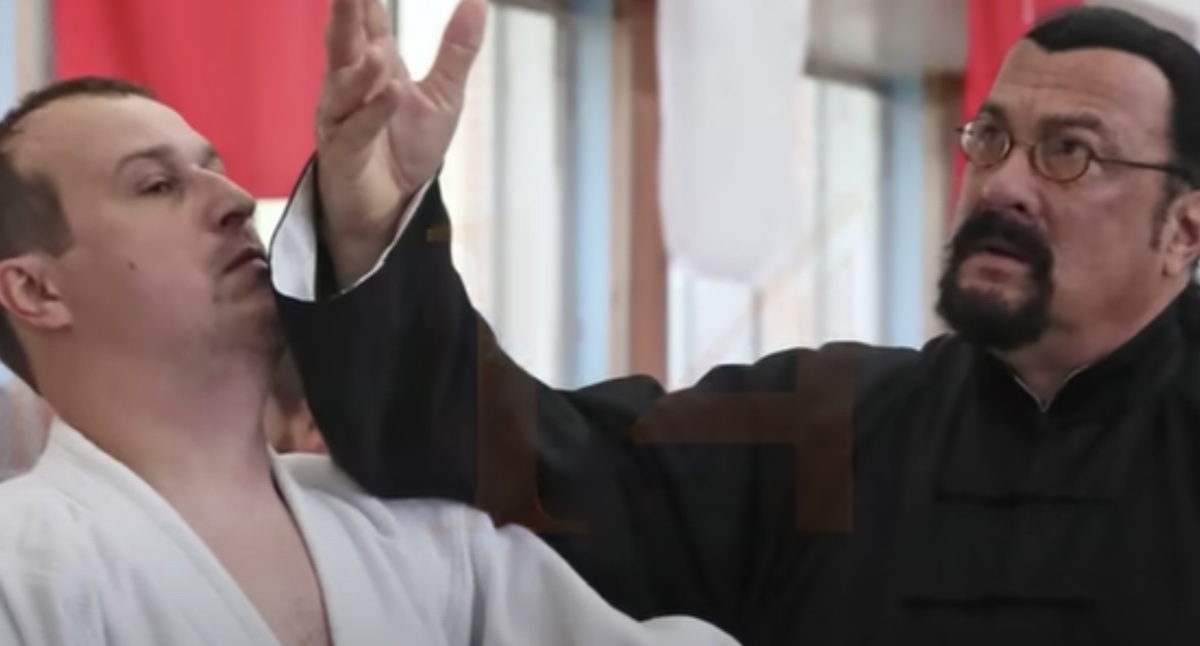 In the history of modern martial arts, there have been a lot of phonies. Shysters that have exploited martial arts for profit. That’s why we’ve put together our list of the top six fake martial artists of all-time. Read the absurd stories of these frauds below and see which you think is the biggest fake. […]
In the history of modern martial arts, there have been a lot of phonies. Shysters that have exploited martial arts for profit. That’s why we’ve put together our list of the top six fake martial artists of all-time. Read the absurd stories of these frauds below and see which you think is the biggest fake. […] If you’ve ever seen the classic Bloodsport, then you saw the name Frank Dux in the credits. The film was supposedly based on his life and if you do a little research, you’ll be quite disappointed. Here’s the story of Frank Dux and how he duped the world into thinking he was a real ninja. […]
If you’ve ever seen the classic Bloodsport, then you saw the name Frank Dux in the credits. The film was supposedly based on his life and if you do a little research, you’ll be quite disappointed. Here’s the story of Frank Dux and how he duped the world into thinking he was a real ninja. […]